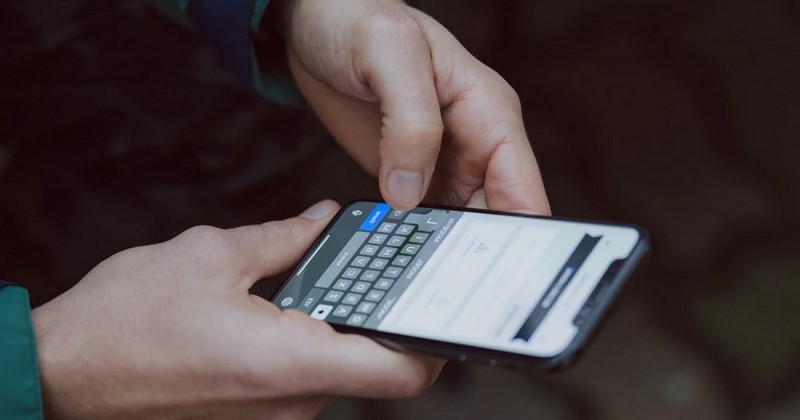5 useful records in the day-to-day clinical practice in psychology.

Useful tools to collect relevant information about the patient's condition.
Records in psychology were highly popularized by psychologist Albert Ellis, who developed Rational Emotive Behavioral Therapy (REBT).
The use of records is one of the most widely used techniques for the collection of relevant information in psychotherapy, after the use of psychological scales.after the use of psychometric scales and interview. However, the recording of psychological events by patients also has a powerful effect of change, for example, by facilitating awareness of thoughts, sensations and5 useful records in the day-to-day clinical practice in psychology.
- Useful tools to collect relevant information about the patient's condition.
Records in psychology were highly popularized by psychologist Albert Ellis, who developed Rational Emotive Behavioral Therapy (REBT).
Various registers for the work of the psychologist in clinic.
The choice of the register is marked by several components. Among others, the psychologist must take into account the purpose of such a record, as well as the level of self-awareness of the latter. Prior to the use of the records by the patient, it is important that the patient understands the purpose of the record. it is important for the patient to understand the purpose of answering them
and knows how to answer them. Traditionally these records have been provided to the patient through different templates. But the papers are not always available on the patient's person or any means of writing them down. Although an alternative solution is to write them down when arriving home or in a comfortable space, this is not ideal.The most relevant information is given in the target situation, which is when the record should be completed.
. For example, in relation to a phobia, the perception of risk would be very different at the moment of contact with the phobic stimulus than after half an hour. Thanks to the advance of new technologies, we currently have great solutions designed for such objectives.
One of the best solutions is PsicoReg, which apart from offering a complete management platform, provides patients with an APP where they are reminded of appointments and can access psychoeducational content, among others. In addition, this platform allows patients to respond to all types of registrations through their cell phones.
. The psychologist will be able to decide when to see the answers given by his patients, and it is highly accessible. Let's see what are these records used in the field of clinical and health psychology, and what are they for. 1. ABC (Event, Thought, and Behavior) RegisterThe ABC Record is the most commonly used in psychotherapy.
. This way of collecting information comes from Albert Ellis' ABC model. A refers to the Event, B to the thoughts/beliefs, C to the Consequences. An event will provoke a specific thought with a specific consequence. Thus, .
the patient can become aware of the effect of his or her thoughts
and that the discomfort is usually brought on by the thoughts and not so much by the event. Once the patient is accustomed to this register, the ABC model is usually extended by adding DE. where D refers to Debate (or cognitive restructuring/thought change) and E to the effect of that thought change. Thus, the patient is usually asked what alternative thought occurs to him/her and what is the effect of thinking differently.
2. Recording for exposures
The intervention of a large number of pathologies involves exposure to different types of situations, hence this record is one of the main pillars. This record usually begins with a brief description of the situation to which the person was exposed, and it is also important to note the duration of exposure.It is also important to note the duration of the exposure, as well as the discomfort it has produced and whether or not you have been accompanied.
3. Task recording: relaxation
- One of the skills that usually needs to be strengthened is the ability to relax. For this purpose, the patient is
the patient is usually asked to practice relaxation or Mindfulness on a regular basis as a task.
. At the beginning it can be highly useful to record each time relaxation is performed, in order to favor the realization of the effect of the practice and increase adherence to the technique. It is convenient to adapt the questions to the objective.For example, if the patient controls more than one technique, it would be of interest to know which technique has been applied.
4. Recording the frequency and intensity of emotionsKnowing which emotions are the most frequent and intense in a person can be highly relevant information.
- can be highly relevant information. But in addition, this type of record is also an exceptional exercise to get to know oneself better and pay more attention to our emotional world. It is enough to write down the name of the emotion, its frequency and intensity.
- 5. Recording obsessions and responses
- Obsessions are relatively frequent not only in people with Obsessive-Compulsive Disorder.
- (OCD), hence it may be useful to use records for obsessions. The data of interest will be mainly:
(Updated at Apr 14 / 2024)